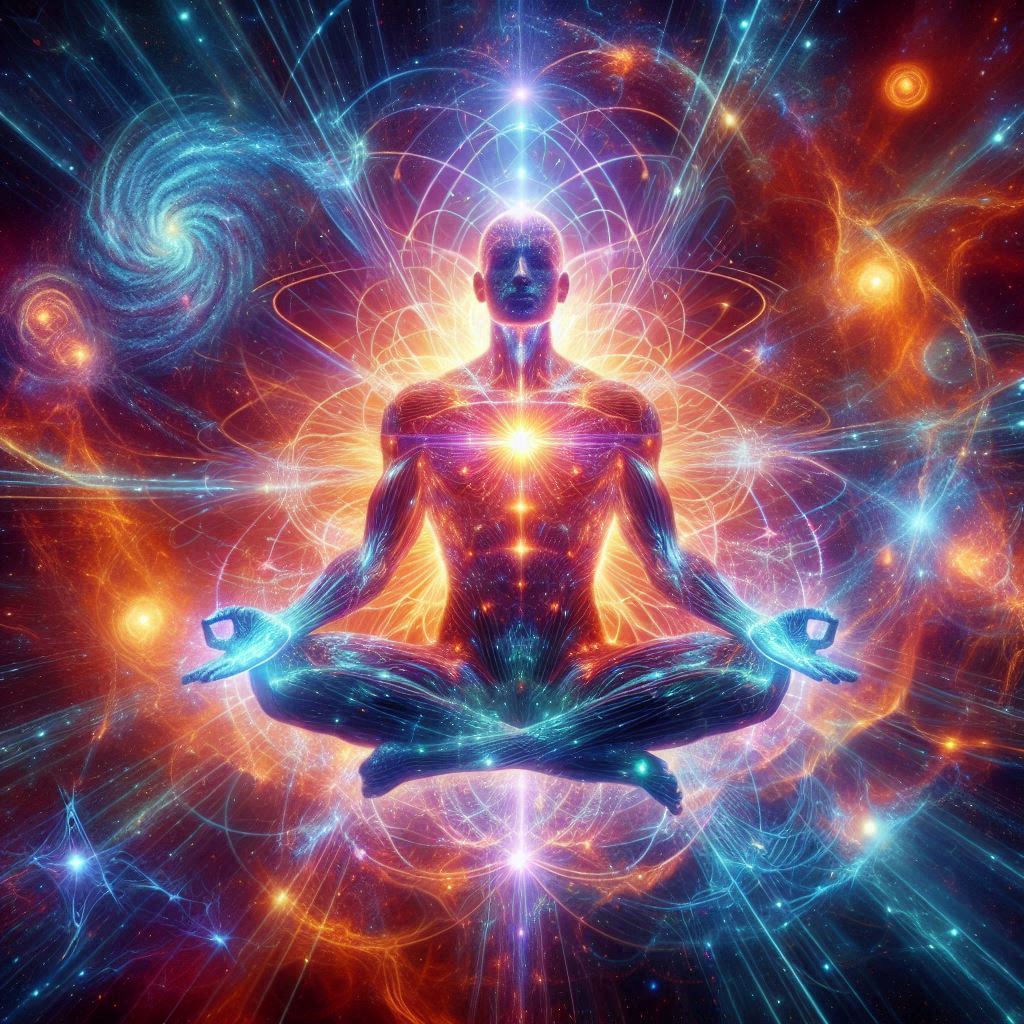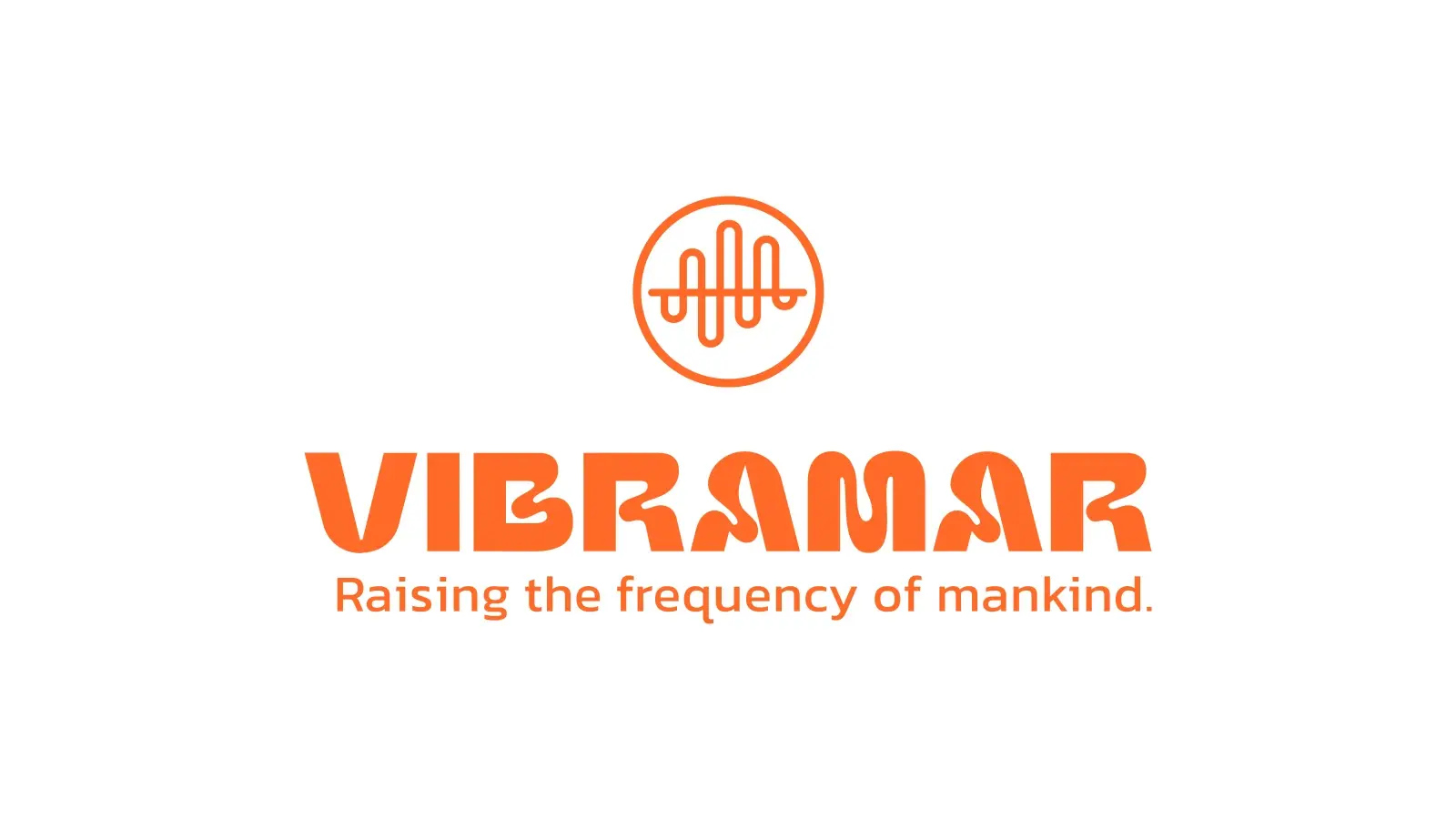Introduction
Vibrational healing and holistic energy therapy have become increasingly popular in recent years as integrative medicine practices. These healing techniques focus on the belief that the human body has an inherent biofield that can be manipulated to support health and well-being. In this article, we will delve into the history of energy medicine, explore various types of energy healing modalities, and examine the scientific evidence surrounding these therapeutic approaches.

This paper provides a brief history of vibrational healing.
The concept of life force as a vital component in health and well-being has been around for thousands of years, with roots in various ancient cultures. Traditional Chinese Medicine (TCM), which includes practices such as acupuncture and qi gong, is based on the idea that a balanced flow of chi is essential for optimal health. Similarly, Ayurvedic medicine, a traditional healing system from India, emphasizes the importance of maintaining balance among the body’s energy centers, or chakras.
In the West, the study of life force in relation to health gained prominence in the late 19th century with the work of pioneers such as Wilhelm Reich and Harold Saxton Burr. Reich proposed the existence of a universal life force, which he called “orgone,” while Burr’s research suggested that living organisms possess an electromagnetic field that reflects their state of health.

The rise of energy-based healing as a distinct field in the 1960s and 1970s, with the emergence of healing touch and Reiki. These practices, along with other energy healing techniques like crystal healing and energy psychology, gained popularity as part of the New Age movement, as well as the growing interest in alternative therapies.
Energy Healing and Complementary and Alternative Medicine
Energy balancing has been around for centuries, with various cultures employing different methods to manipulate the body’s vital energy. In recent years, energy-centered therapy has gained recognition as a form of integrative medicine. Alternative therapies, such as acupuncture, Reiki, and qi gong, are often used alongside conventional Western medicine to facilitate healing.
The growing interest in holistic medicine has led to an increased focus on the scientific study of energy healing methods. Researchers are investigating the potential benefits of these techniques, as well as the underlying mechanisms by which they may work. While more research is needed to fully understand the efficacy of energy balancing, many people report positive experiences with these therapies.
Distant Healing and Spiritual Healing: Exploring Non-Local Energy Therapies
In addition to hands-on energy healing therapies, there are also practices that involve remote healing or divine healing. These approaches operate on the belief that energy can be transmitted across space and time, allowing healers to work with individuals who are not physically present.
Distance healing techniques, such as remote Reiki or intercessory prayer, involve the practitioner focusing their intention and life force on the recipient, often with the goal of supporting physical, emotional, or spiritual healing. While the mechanisms behind distance healing are not well understood, some researchers have proposed that they may involve non-local quantum entanglement or other subtle vibrations.
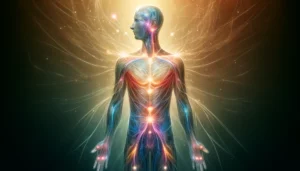
Divine healing, on the other hand, often involves the invocation of divine or supernatural forces to support healing and well-being. This may include practices such as faith healing, shamanic healing, or vibrational healing based on specific religious or cultural traditions. While the efficacy of spiritual healing is difficult to assess through conventional scientific means, many individuals report profound experiences of transformation and healing through these approaches.
Types of Energy Healing Practices
There are numerous types of energy healing approaches, each with its own unique method of working with the body’s biofield. Some of the most well-known include:
- Reiki is a Japanese technique in which hands are placed on or near the body to promote healing energy flow.
- Healing touch: Nurses developed this practice, which involves passing the hands over the body to assess and balance the energy field.
- Acupuncture: A TCM practice that involves the insertion of thin needles into specific points on the body to stimulate the flow of chi.
- Qi Gong: A Chinese practice that combines movement, breathing, and meditation to cultivate and balance chi.
- A group of practices, including Reiki, Healing touch, and Healing touch, that aim to manipulate the body’s energy field to facilitate healing.
Movement Therapies: Exploring the Role of Energy in Physical Movement
In addition to hands-on energy healing methods, there are also movement therapies that incorporate the concept of energy flow. Practices such as tai chi, qi gong, and yoga are based on the idea that specific physical movements and breathing exercises can help to balance and circulate the body’s vital energy, or chi.

These movement therapies have gained popularity in recent years, with many people turning to them as a way to reduce stress, improve flexibility, and promote overall health. Some studies have suggested that these practices may have positive effects on conditions such as chronic pain, anxiety, and depression, although more research is needed to fully understand their potential benefits.
Vibrational Medicine: Exploring the Intersection of Energy and Healing
Vibrational medicine is an emerging field that explores the use of various forms of energy, such as sound, light, and electricity, to promote healing and balance in the body. This approach is based on the idea that all matter, including the human body, vibrates at specific frequencies, and that imbalances in these vibrations can lead to physical, emotional, or spiritual distress.
Practitioners of vibrational medicine use a variety of techniques to assess and manipulate the body’s energy fields, including acupuncture, homeopathy, and the use of crystals or other resonant materials. Some researchers have also investigated the potential role of biophotons, or ultra-weak light emissions from living cells, in the regulation of biological processes and the maintenance of health.

While the scientific basis for vibrational medicine is still being established, there is growing interest in this field among both researchers and practitioners. The International Society for the Study of Subtle Energies and Energy Medicine (ISSSEEM) is one organization that brings together scientists, healers, and other experts to explore the frontiers of energy medicine and its potential applications in healthcare.
How Energy Healing Works
While the exact mechanisms behind energy healing are still not fully understood, proponents believe that these practices work by influencing the body’s subtle energies, or biofield. Experts believe that the biofield, a complex and dynamic field of electromagnetic energy, envelops and penetrates the physical body, interconnecting with the body’s physiological and psychological processes.
Energy healers use various techniques to assess and manipulate the biofield with the goal of removing blockages, restoring balance, and promoting the flow of healing energy throughout the body. Some healers may also work with specific energy centers or pathways, such as the chakras or meridians, to address imbalances and facilitate healing.
Scientific Investigations into Energy Medicine
Despite the long history and popularity of energy medicine practices, scientific evidence for their effectiveness remains limited. Various energy healing modalities have been the subject of numerous studies, but the results have been mixed and often inconclusive.
One of the challenges in studying energy medicine is the lack of a clear scientific foundation for the concept of the biofield and subtle energies. Some researchers have proposed theories, such as the idea that living systems generate and respond to electromagnetic fields, to explain how energy healing might work, but mainstream science has not yet widely accepted these ideas.
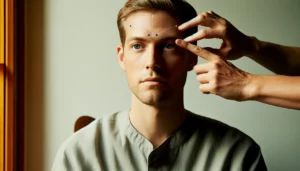
However, there have been some promising findings in certain areas of energy medicine research. For instance, a systematic review in the Journal of Alternative and Complementary Medicine discovered that Reiki could potentially alleviate pain and anxiety in cancer patients. The International Journal of Behavioral Medicine published another study suggesting that therapeutic touch could positively impact stress and immune function.
The National Center for Complementary and Integrative Health (NCCIH), part of the National Institutes of Health (NIH), has also supported research on various energy healing practices. Despite acknowledging the need for more research to fully understand the potential benefits and risks of these practices, the NCCIH notes that some studies have shown promising results for conditions such as pain, anxiety, and depression.
The Role of Energy in Biology and Medicine
The concept of energy is central to our understanding of biology and medicine. At a fundamental level, all living organisms rely on the transfer and transformation of energy to carry out essential processes such as metabolism, growth, and reproduction.
In the context of energy healing, practitioners often speak of subtle energies or biofields that are distinct from the well-understood forms of energy in physics, such as kinetic or potential energy. While the nature of these putative energy fields remains a topic of debate, some researchers have proposed that they may be related to electromagnetic phenomena or quantum processes.
As our understanding of the role of energy in biology and medicine continues to evolve, it is possible that new insights will emerge that help to bridge the gap between traditional energy healing practices and modern scientific medicine. This may involve the development of new diagnostic tools, such as advanced imaging techniques like magnetic resonance imaging (MRI), as well as innovative therapeutic approaches that harness the power of the body’s inherent energy systems.
The Future of Energy Medicine
As interest in integrative medicine grows, it is likely that energy medicine practices will continue to gain popularity. However, for these practices to be more widely accepted and integrated into mainstream healthcare, more rigorous scientific investigations will be necessary.

This may involve the development of new research methods and technologies to better understand and measure the body’s energy field, as well as large-scale, well-controlled clinical trials to assess the effectiveness of specific energy healing modalities.
Additionally, there is a need for greater collaboration between energy medicine practitioners and conventional healthcare providers to ensure the safe and effective integration of these practices into patient care.
Conclusion
Vibrational healing and dynamic energy practices have a rich history and are growing in popularity in the world of holistic medicine. Although the scientific evidence for these practices is still limited, many people report positive experiences and benefits from engaging in energy healing.
As research in this field continues to evolve, it is important to approach energy medicine with an open but critical mind, seeking to understand both its potential benefits and limitations. By combining the wisdom of traditional healing practices with the rigor of modern scientific inquiry, we may unlock new insights into the complex relationship between energy, health, and the human experience.
The Future of Scientific Studies in Energy Healing
As interest in energy healing continues to grow, it is essential that rigorous scientific studies are conducted to evaluate the efficacy and safety of these practices. This will require collaboration among researchers from various disciplines, including conventional medicine, complementary and alternative medicine, physics, and engineering.
One area of particular interest is the development of standardized protocols for studying energy healing techniques. This may involve the creation of sham or placebo controls, as well as the use of objective outcome measures to assess the impact of these practices on specific health conditions.
Additionally, there is a need for more research on the potential mechanisms of action behind energy healing. This may involve investigations into the role of electromagnetic fields, biophotons, or other subtle energy phenomena, as well as studies on the psychological and social factors that may contribute to the healing process.

By conducting well-designed scientific studies, researchers can help to build a stronger evidence base for energy healing practices, ultimately leading to their greater integration into mainstream healthcare systems. This open-access article distributed under the terms of the Creative Commons Attribution License aims to contribute to this important field of inquiry.
Integrative Medicine: Bridging the Gap Between Conventional and Complementary Therapies
As research studies continue to investigate the efficacy and mechanisms of energy healing therapies, there is a growing movement towards comprehensive medicine, which seeks to combine the best of conventional and complementary approaches to healthcare.
Comprehensive medicine recognizes that the body is a complex system, with multiple interconnected pathways of energy and information flow. By addressing imbalances and blockages in these pathways, practitioners aim to promote healing throughout the entire system, rather than simply treating isolated symptoms.
This approach may involve the use of a variety of modalities, including energy healing techniques, nutrition, exercise, stress reduction, and conventional medical treatments. The goal is to create a personalized, holistic plan that supports the individual’s innate capacity for healing and resilience.
One area of particular interest in comprehensive medicine is the role of the mind-body connection in health and healing. This includes the study of psychoneuroimmunology, which explores how thoughts, emotions, and beliefs can influence the functioning of the immune system and other physiological processes.
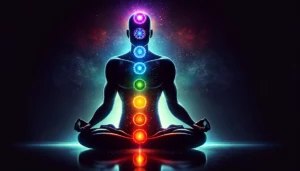
As the field of comprehensive medicine continues to evolve, it will be important to conduct rigorous research studies that evaluate the safety and effectiveness of these approaches, as well as their potential for integration with conventional medical care. The National Library of Medicine and other major research institutions, such as the National Center for Complementary and Alternative Medicine, will play a key role in advancing this important work.
By bringing together the wisdom of ancient healing traditions with the insights of modern science, comprehensive medicine offers a promising pathway towards a more holistic, person-centered approach to health and well-being. As we continue to explore the frontiers of energy medicine and other complementary therapies, we may discover new ways to unlock the body’s innate capacity for healing and transformation.












